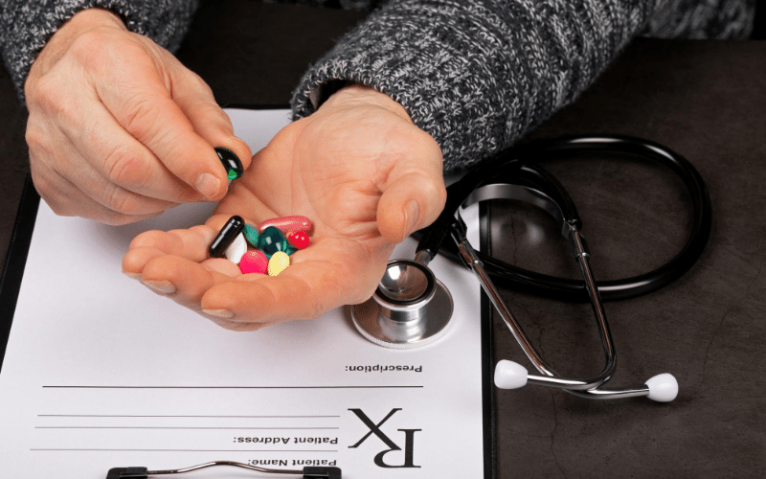The Importance of Non-Addictive Painkillers
Since the beginning of the opioid epidemic, the search has been on for non-addictive painkillers. The New York Times covered new options, like “abuse-deterrent” pills in 2015.
Unfortunately, new forms of opiates that prevented users from injecting pills didn’t solve the problem. Opioids are incredibly addictive, whether swallowed, injected, or snorted. But people still need powerful non-addictive painkillers for a variety of reasons. Tylenol is an excellent medication, but it might not help someone who needs surgery.
So, is the solution “abuse-deterrent drugs,” or something else?
The Limits of Abuse-Deterrent Painkillers
Abuse-deterrent versions of popular drugs like OxyContin and Vicodin are a step in the right direction. Still, there’s a limit to how well they work. Many abuse-deterrent pills are difficult to crush, sniff, or inject. But, they’re not considering reducing rates of oral pill abuse. Unfortunately, oral abuse is precisely how many addicts people end up hooked.
So, what’s the solution? How can we, as a country, put an end to our collective painkiller addiction? There isn’t one “cure-all” solution. However, there are many ways we can reduce the problem. For example, scientists recently found some new chemical compounds that can provide pain relief. One of these drugs is as potent as morphine without the addictive side effects. Some medications, like Toradol, can treat severe pain without producing a high.
Is There a Solution?
Also, holding doctors and pharmacies accountable for prescribing and dispensing dangerous medication is important. There are a variety of strong medicines that can help with the pain. It’s probably time to start seriously considering them. Education and increased access to treatment are also important. With increased education, doctors may be less likely to prescribe addictive drugs. Thus, children and adults may also be less likely to experiment with these harmful substances. To help those already addicted, access to treatment is vital.
Other methods of pain relief, like massage and physical therapy, also deserve credit as options for non-addictive relief. Unfortunately, addiction to opiates is often a life-long battle. Once an individual is addicted, what then? That’s where having greater access to treatment comes in. Many people think that they can’t access drug treatment, but that’s not true. New laws, such as the Parity Act, say that insurance is required to cover substance abuse treatment. Many treatment centers have self-pay options. Also, twelve-step programs are free for those who want to attend. The point is that help is available if you’re willing to look. No one should have to live with pain, whether that pain is physical or a mark of addiction.









